In today's fast-paced work environment, the design of your conference room can significantly impact creativity, collaboration, and productivity. Modern conference tables have evolved to blend functionality with aesthetics, providing inspiring spaces for meetings and discussions.
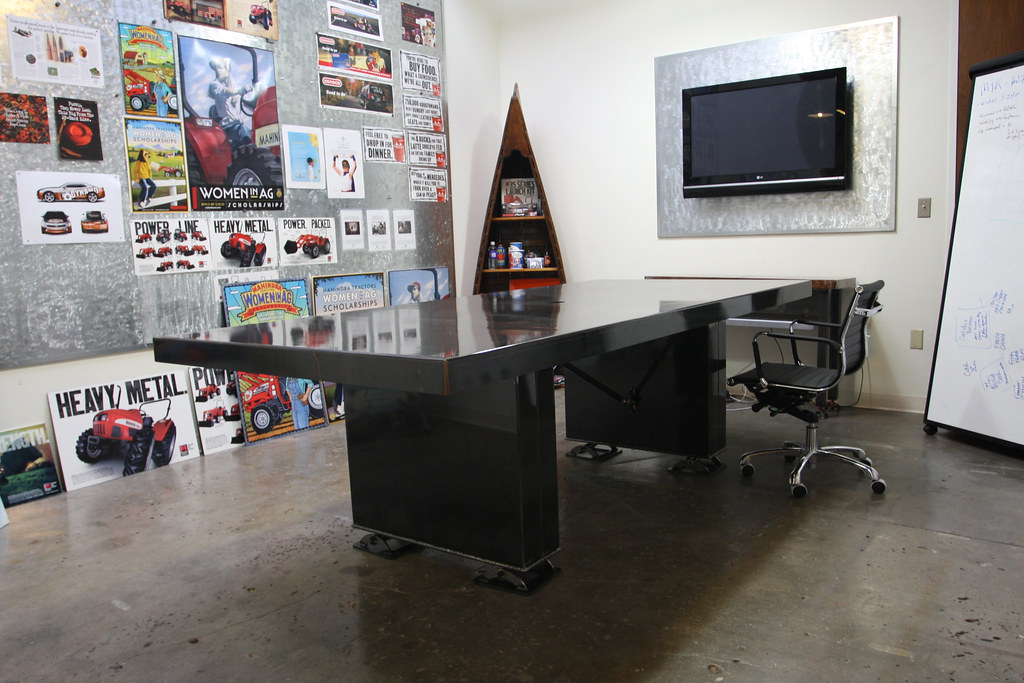
## Functionality and Aesthetics
Modern conference tables should seamlessly combine practicality with visual appeal. They serve as focal points in meeting rooms, supporting both collaborative and individual work. Essential design features include sturdiness, flexibility, and the integration of technological needs such as power outlets and modular connections.
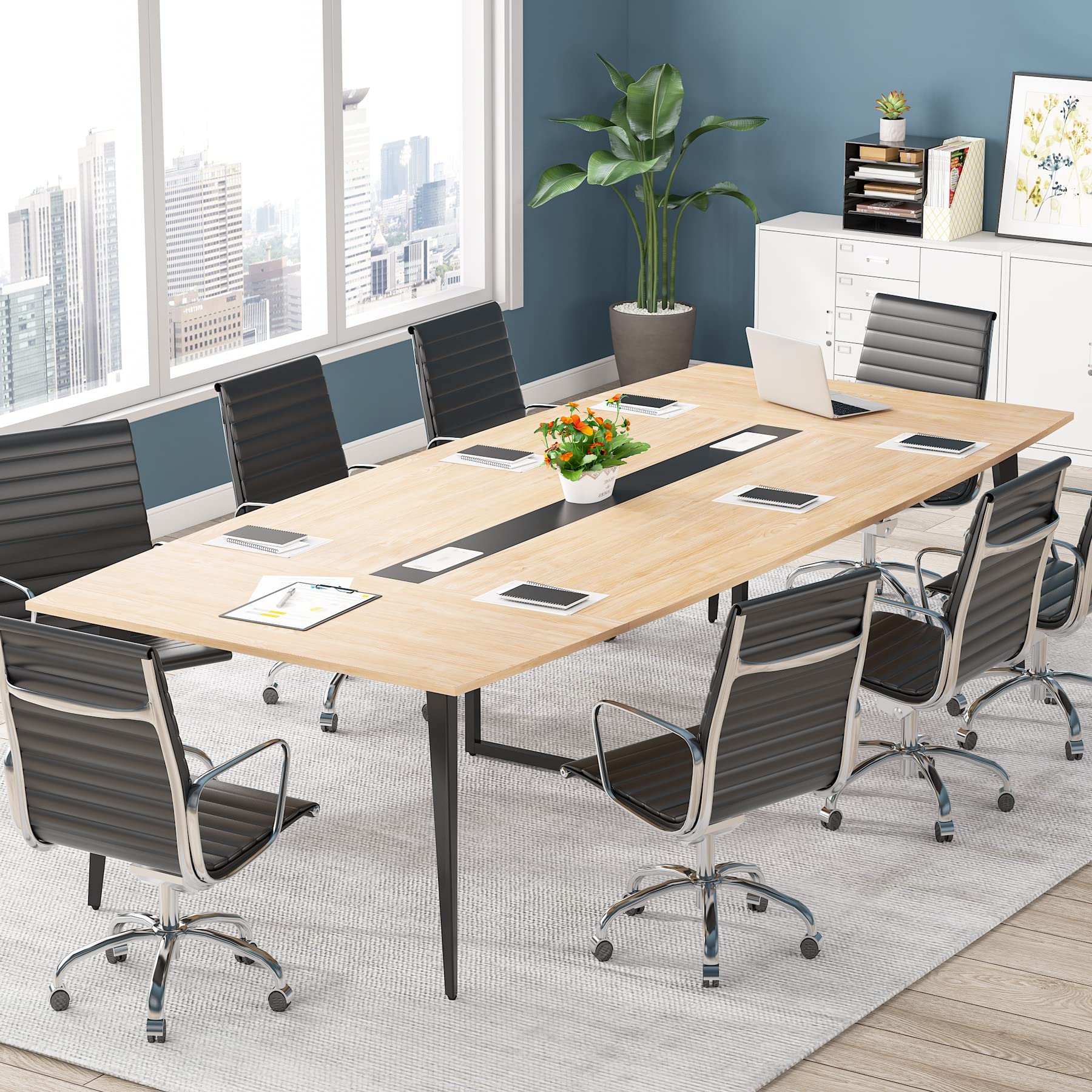
## Design Features of Modern Conference Tables
Contemporary conference tables offer a variety of essential features to meet diverse business needs:
- Sturdiness for long-lasting use.
- Flexibility to adapt to different meeting formats.
- Support for additional resources like power outlets and modular connections.
## Types of Conference Tables
Several types of conference tables are available to suit different spaces and purposes:
- **Classic Conference Tables**: Traditional and robust, these tables can accommodate 6 to 12 people and come in various colors and finishes.
- **Standing-Height Conference Tables**: Encourage better posture and increase productivity by allowing participants to stand during meetings.

## Customization and Versatility
Conference tables can be either static or movable, allowing customization to fit specific needs. Design adaptability ensures that [these tables](https://sustainability.yale.edu/news/city-bench-transforms-beech-tree-provost-office-conference-table) are suitable for both small creative teams and larger, more formal meetings.
## Building Collaborative Spaces
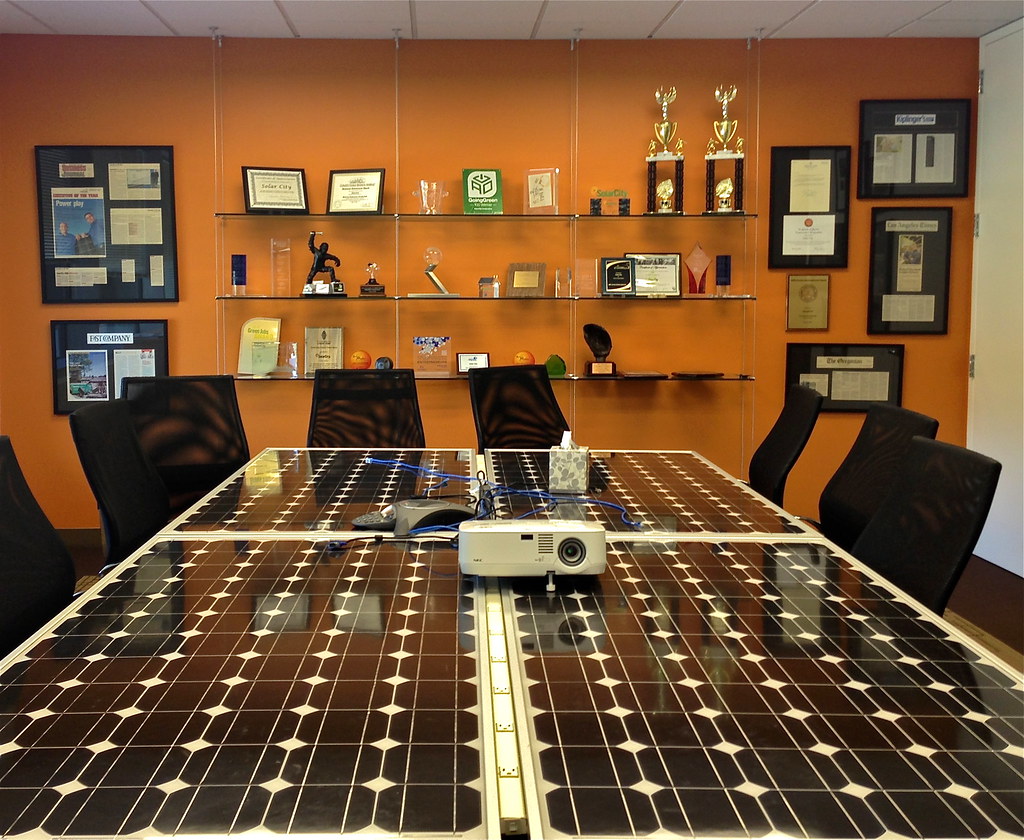
The design and layout of the conference room significantly influence teamwork and communication. A well-chosen table can foster a supportive environment for effective collaboration.
## Choosing the Right Size
When selecting a conference table, consider the office space and the number of attendees:
- Larger tables are ideal for client meetings.
- Smaller or modular options work well for team discussions.
## Standard Heights and Logistic Considerations
The traditional height of conference tables is around 30 inches, comfortable for a wide range of users when paired with suitable seating. Additionally, custom tables may require longer shipping times (up to 20 days), whereas standard models can be shipped within 24-48 hours. Bulk orders may offer discounts.
## Conference Table Dimensions and Space Considerations
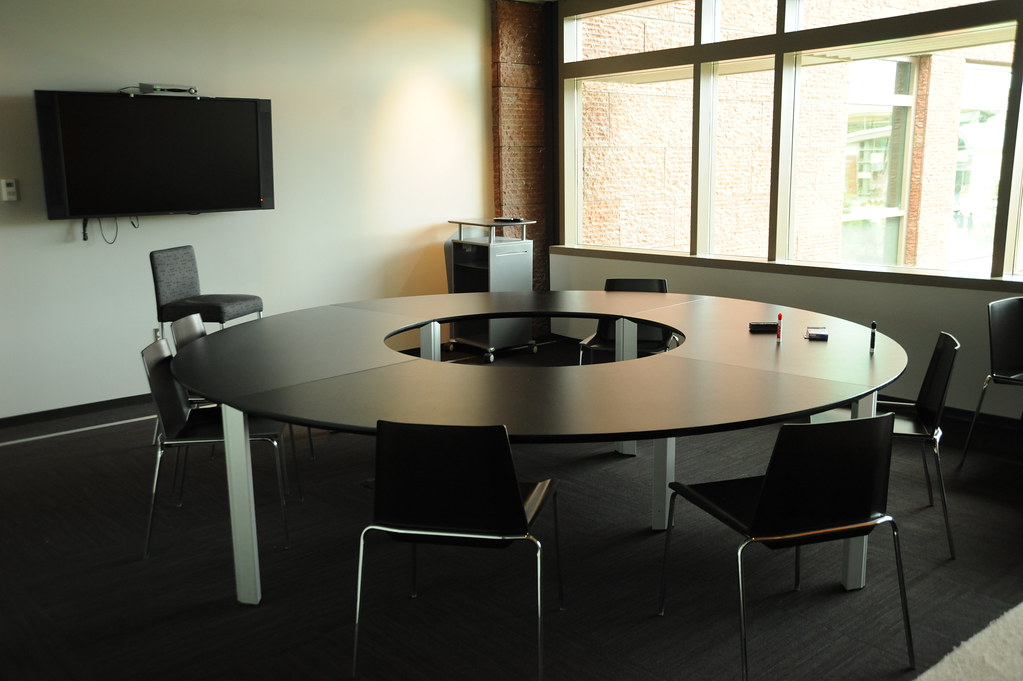
Proper dimensions and space planning are crucial for a functional conference room. Here are some guidelines:
- Maintain at least four feet of space between the back of chairs and walls for easy movement.
- Ensure there’s a minimum of 12 inches between desk chairs for comfort.
- A good rule of thumb for table size is to subtract 10 feet from the room length.
For inspiration, consider the [Pavilion Conference Table with Casters](https://catalog.calpia.ca.gov/product/pavilion-table-with-casters-72X36/), known for its classic yet sophisticated design that supports diverse meeting room needs.
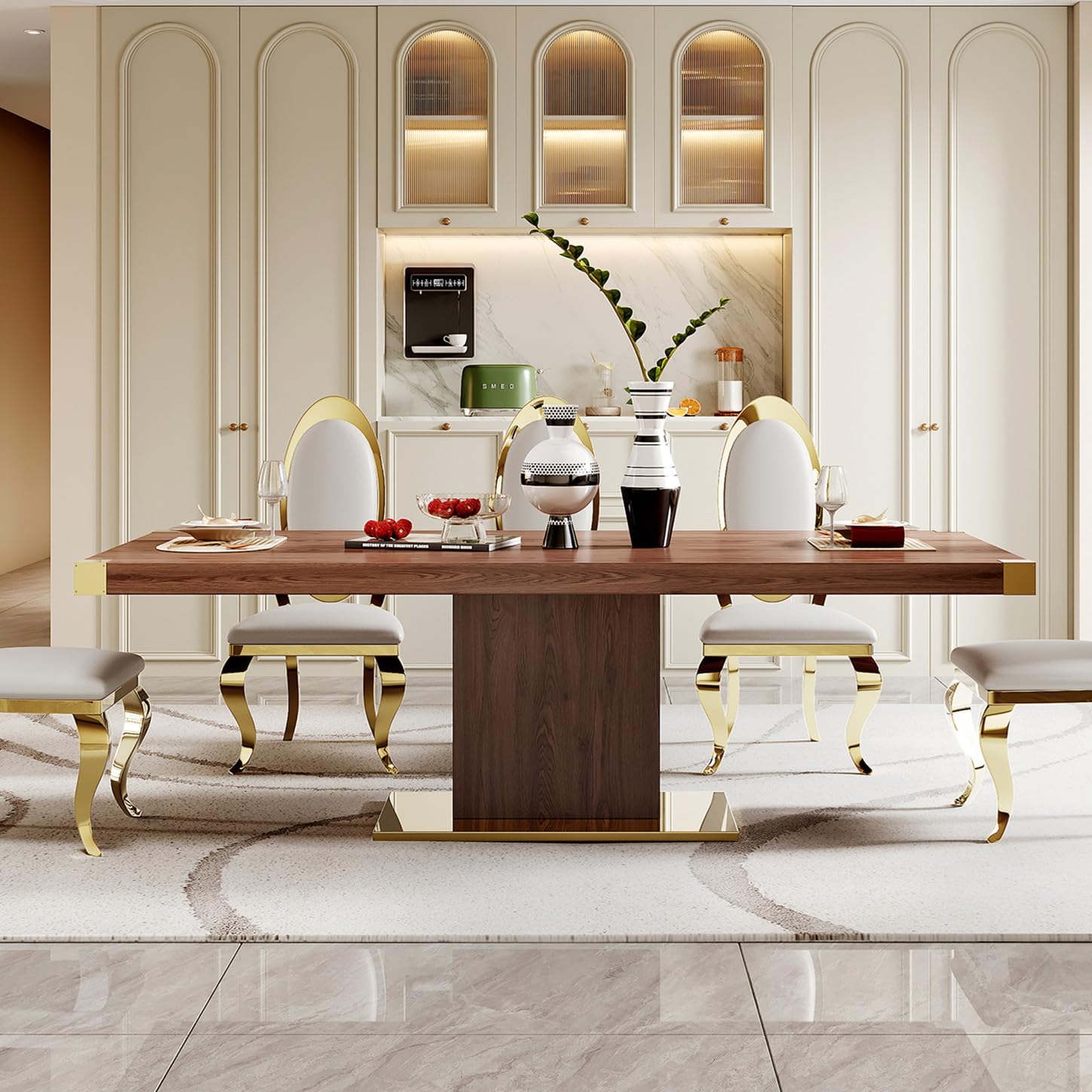
Below is a table summarizing the seating capacity for different conference table sizes:
| Table Size | Seating Capacity |
|---|---|
| 8 feet | 6-8 people |
| 10 feet | 8-10 people |
| 12 feet | 10-12 people |
Choosing the right conference table is about balancing size, functionality, and aesthetics to create an environment that encourages collaboration and productivity.

Immerse yourself in architecture’s most boundary-pushing ideas—where innovative home improvements meet visionary urban developments. Discover new building techniques, materials, and creative concepts that are redefining how we shape our spaces on a global scale.